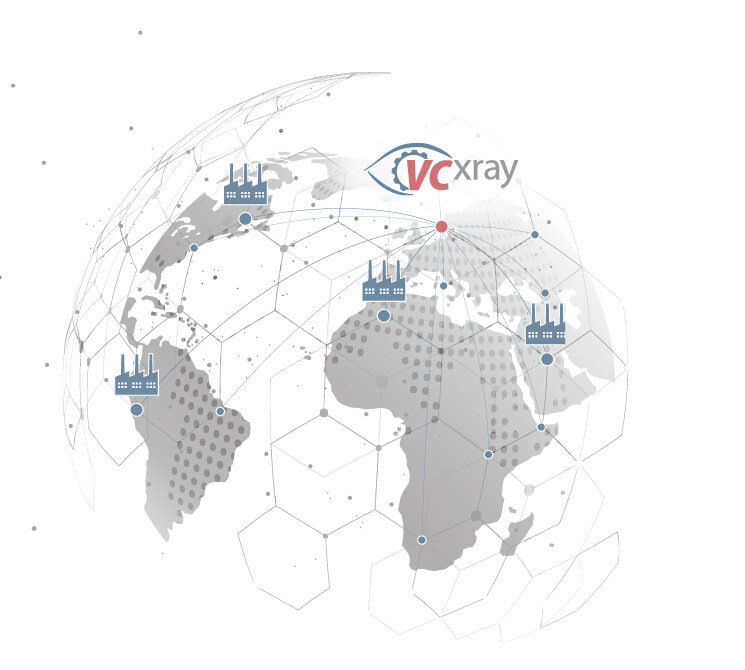
X-ray inspection systems for research and science
Materials testing plays a central role in research and science, especially in the fields of materials science and materials engineering. Materials are used in various industries, including automotive, aerospace, electronics, construction, and power generation. Therefore, it is critical to understand the properties and performance of materials to optimize their applications and ensure they meet specific requirements.
X-ray inspection and computed tomography (CT) are widely used non-destructive testing methods in research and science to examine materials and objects. They play an important role in various industries and allow detailed analysis of internal structures and properties.
In all of these areas, X-ray inspection and CT provide noninvasive and nondestructive methods for examining materials and structures. The technologies enable researchers and scientists to obtain accurate data and high-resolution images that contribute to the advancement of science and technology.
There are many benefits to using X-ray technology in research, but it also comes with some challenges. These include potential radiation exposure and associated safety concerns, the high cost and limited accessibility of such equipment for smaller research facilities, the need for sample preparation to obtain accurate results, and the limitations of 2D imaging when analyzing complex structures in their full three-dimensional form. In this case, computed tomography (CT) is then used.
Data processing and analysis of CT scans often require complex algorithms and specialized knowledge in image processing. Despite these challenges, X-ray technology is one of the most valuable tools for researchers and developers. Critical to achieving good results is a comprehensive analysis of requirements and extensive consultation.
The requirements of research and development departments for X-ray and CT systems vary widely. Usually, laboratory systems with high precision are required. These can be used to make the finest structures visible. In other cases, high energies are needed, requiring a linear accelerator (LINAC) in the MeV range.
Of particular importance is the use of computer tomography systems in science and research. With these devices, demanding measurement tasks and material analyses can be performed. In this context, high precision and measurement capability of the CT system must be ensured.
VCxray has a broad portfolio ranging from small benchtop systems to large systems for heavy components. Choosing the right system can be complex, and a good decision must weigh many parameters such as size, speed, cost, etc. Contact our product specialists for further advice.
Contact us today
Improve the quality of your research with our state-of-the-art X-ray systems and CT systems. Contact us today to learn more about our materials testing solutions. Our team is always available to answer your questions and develop a customized solution for your needs.

With our Service centers and Hubs worldwide,
we will complete your staff with maximum
efficiency in your specified time frame and
without interrupting your operations.
No matter where you are, we are never far away.
Our knowledge and experience
maximize your company‘s profits.